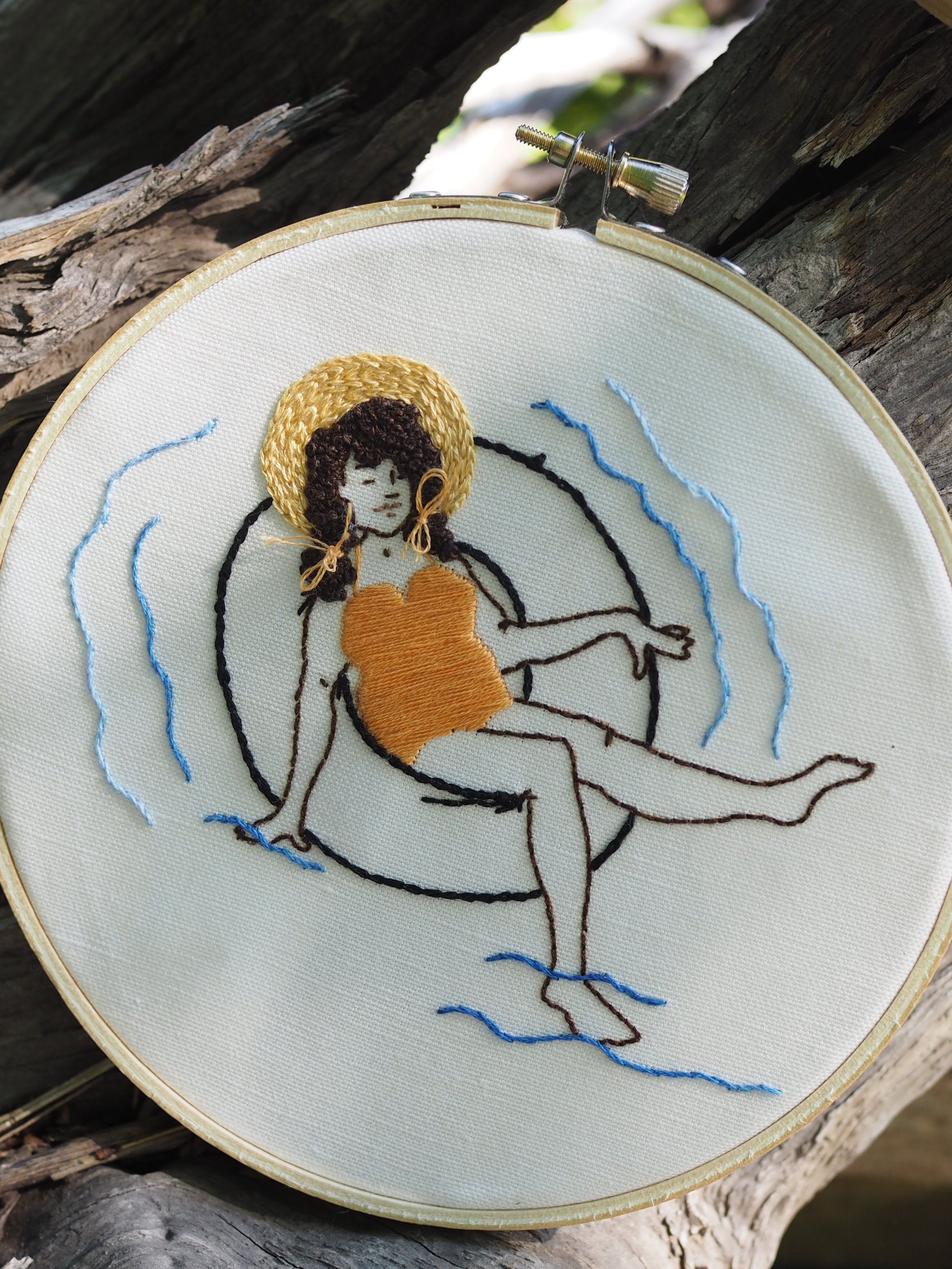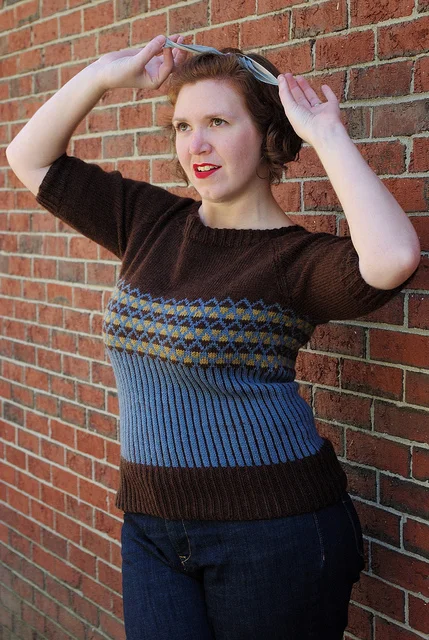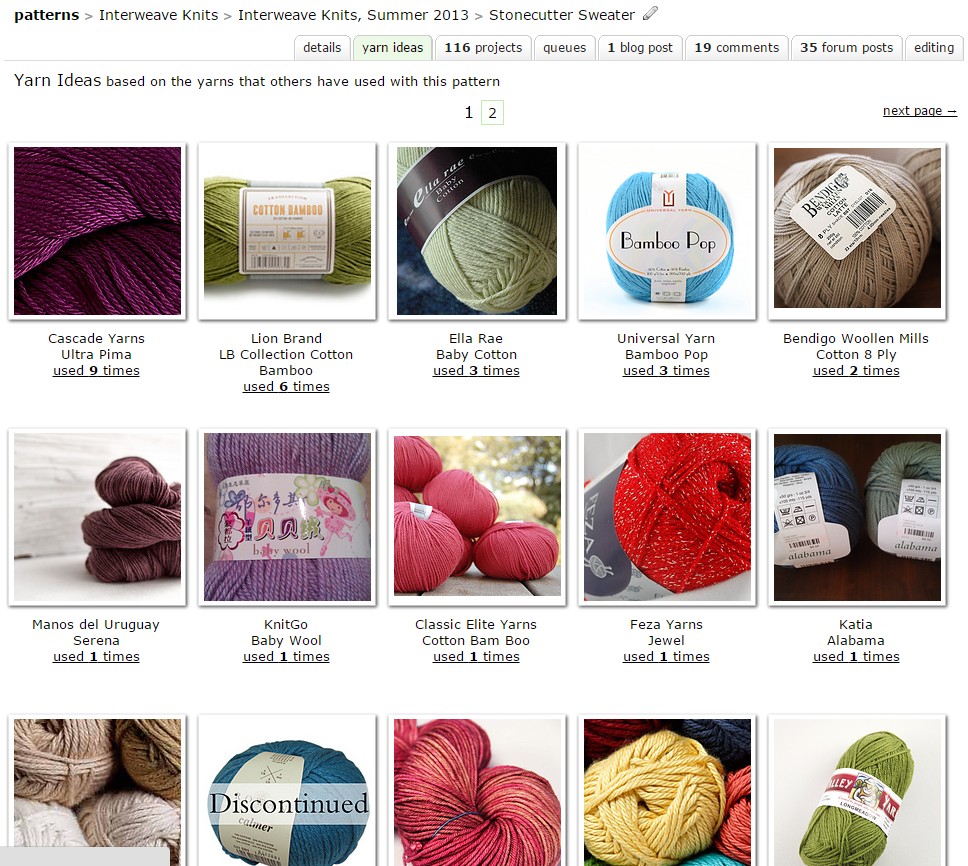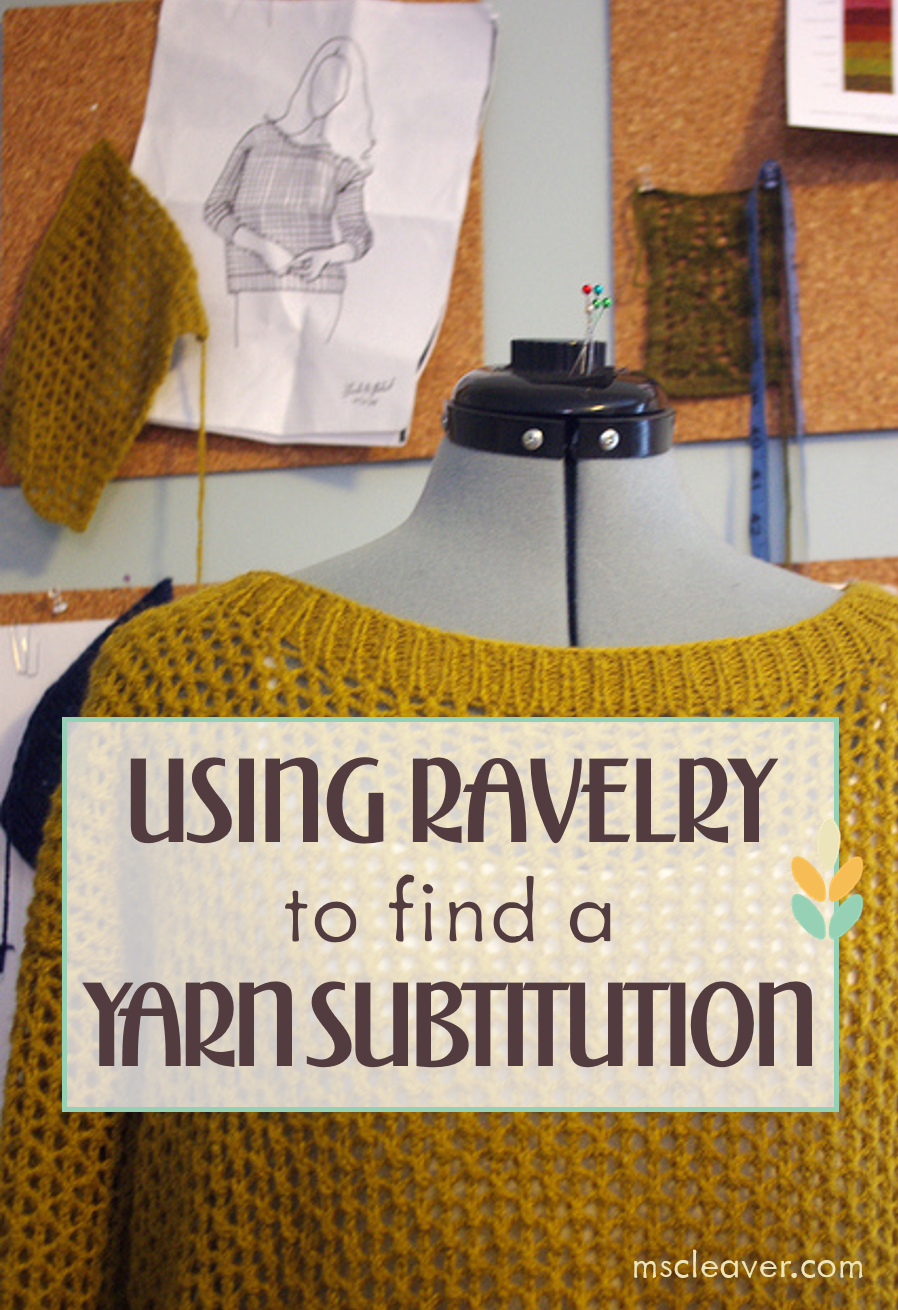Knitters!
This year I'm participating in the Indie Design Gift-Along.
What is that you ask?
It's a massive pattern sale + knit-along featuring the work of 335 designer from 30 countries, with over 5,500 knitters from around the world participating! It's all hosted over on Ravelry, and here's the official description.:
What is Gift-A-Long? It’s a multi-designer promotion to help you kick your holiday gift-making into high gear!
The Indie Design Gift-A-Long is a 6 week long KAL/CAL of holiday gifts made from patterns designed by a rather extensive list of independent designers. From Thursday, November 19th at 8:00 pm US EST - Friday, November 27, 2015 at 11:59 pm US EST tons of indie designers will be discounting between 5 - 20 of their patterns 25% for this event. Use coupon code: giftalong2015.
Once you’ve got your Gift-A-Long patterns, we encourage you to join a relevant KAL/CAL! (For instance, if it is a cowl, please join the cowl KAL/CAL.) To join, simply write a post in the KAL/CAL thread you want to join, including the pattern name you will be knitting and a link to your project page. KAL/CAL participants are eligible for lots of lovely prizes but you gotta post to win!
KAL/CALs will run from Thursday, November 19th at 8pm (US-EST) through our New Years Eve party, Thursday, December 31 at midnight (US-EST), plenty of time to knock out all your holiday knitting and crocheting. We have games, tons of prizes, great conversation, and a lot of fun, so pull up a chair and join us! Please use #giftalong2015 to tag your social media-ing!
On your mark…get set…. GIFT!!
I've got 13 patterns for sale as part of the Gift-A-Long, all specially selected as quicker knits, perfect for gift giving. You can get them for 25% off in my Ravelry shop from Thursday, November 19th at 8:00 pm US EST - Friday, November 27, 2015 at 11:59 pm US EST - just use the code giftalong2015
The Gift-A-Long is a great way to kick your holiday knitting into high gear (and you can win tons of awesome prizes) so head on over to Ravelry and sign up!
(Stats infographic courtesy of 80skeins)





















































































































